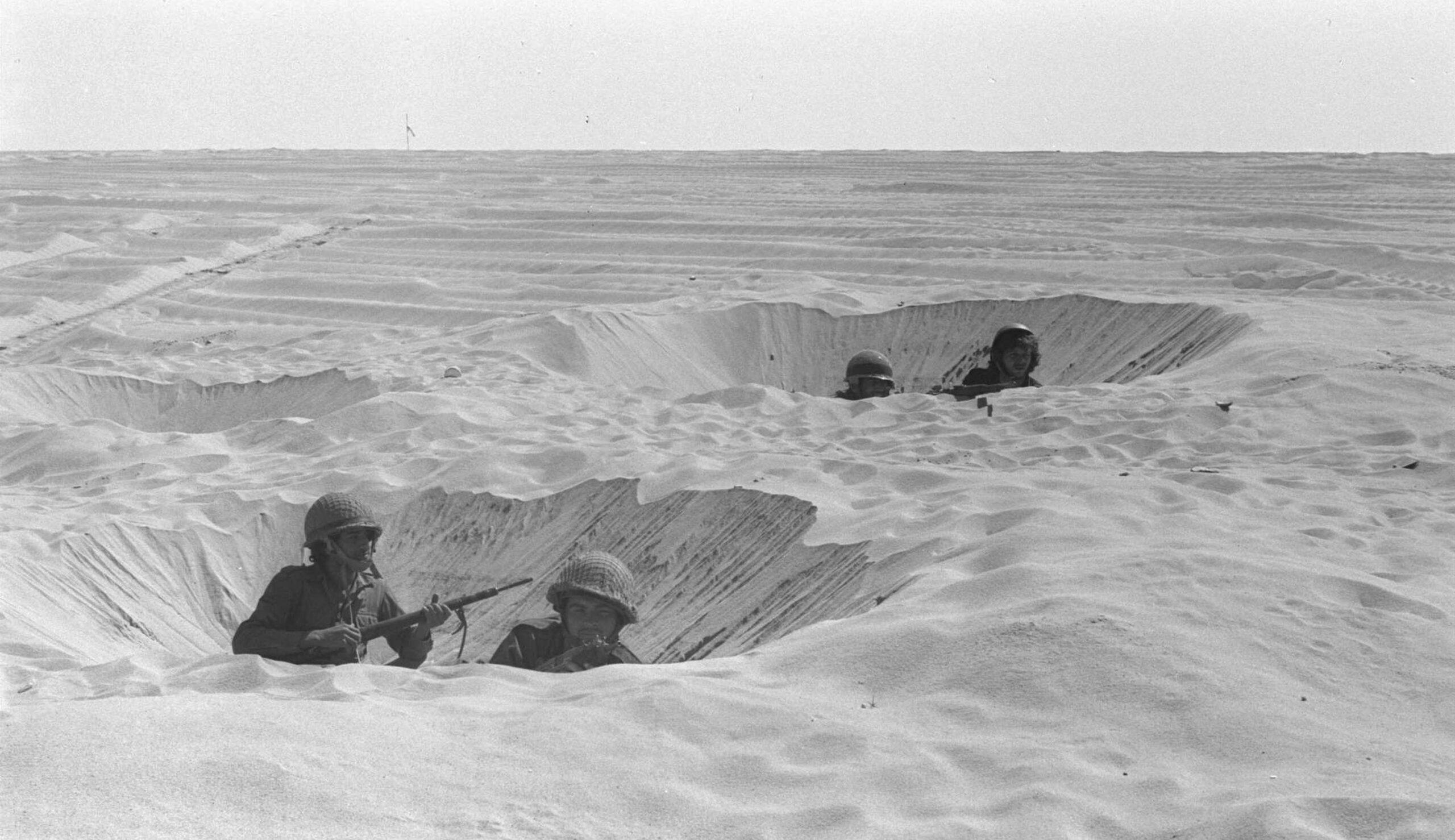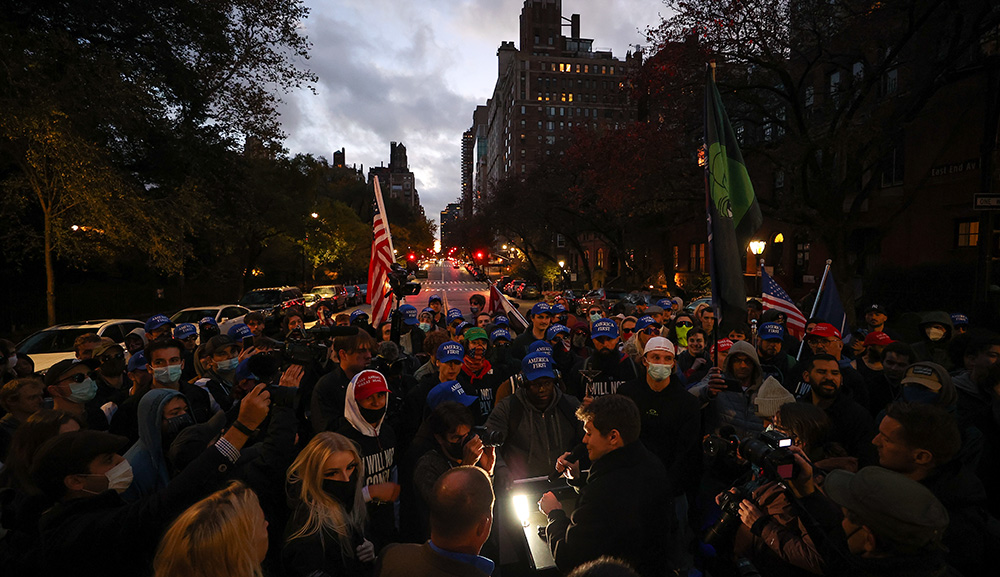Yesterday was the 34th anniversary of the refusenik Natan Sharansky’s release from Soviet prison. In honor of the occasion, Burton Caine recalls his 1974 visit to Moscow, where he met Sharansky for the first time at the apartment of Vladimir and Masha Slepak—then the epicenter of Soviet Jews’ struggle for freedom. During the same trip, he attended a picnic in a birch forest, organized by the Slepaks in honor of the holiday of Sukkot:
Soon all gathered for the holiday prayer. I was handed a small Israeli siddur . . . and asked to chant the kiddush . . . . Only after we returned home and my photos were developed did we notice that in two of my pictures, Anatoly Sharansky [as he was then known] was included.
Suddenly, the mood changed. A hush fell over the crowd and all frivolity stopped. The soccer game ended, and children ran to the nearest adult. We were stunned. What was happening?
The answer was immediate: the KGB had arrived, albeit disguised as peasants, wearing rough boots and carrying huge sticks. They pounded the ground, pretending to search for mushrooms. Of course, their purpose was to instill fear. On previous occasions they had severely beaten refuseniks, and at least one in our group that day still hobbled from a broken leg previously inflicted by KGB thugs. Immediately, the siddur was taken from me and handed to Eliahu Essas, a student expelled from the Moscow synagogue yeshiva when he applied for an exit visa to Israel. He chanted the prayer in Hebrew with translation into Russian to prevent the accusation that he was making an unlawful speech.
Three years later, in the frigid December of 1977, I returned to Moscow on behalf of Anatoly Sharansky, who had been imprisoned on the charge of espionage for the United States, a crime punishable by death.
More about: KGB, Natan Sharansky, Refuseniks, Soviet Jewry, Sukkot


